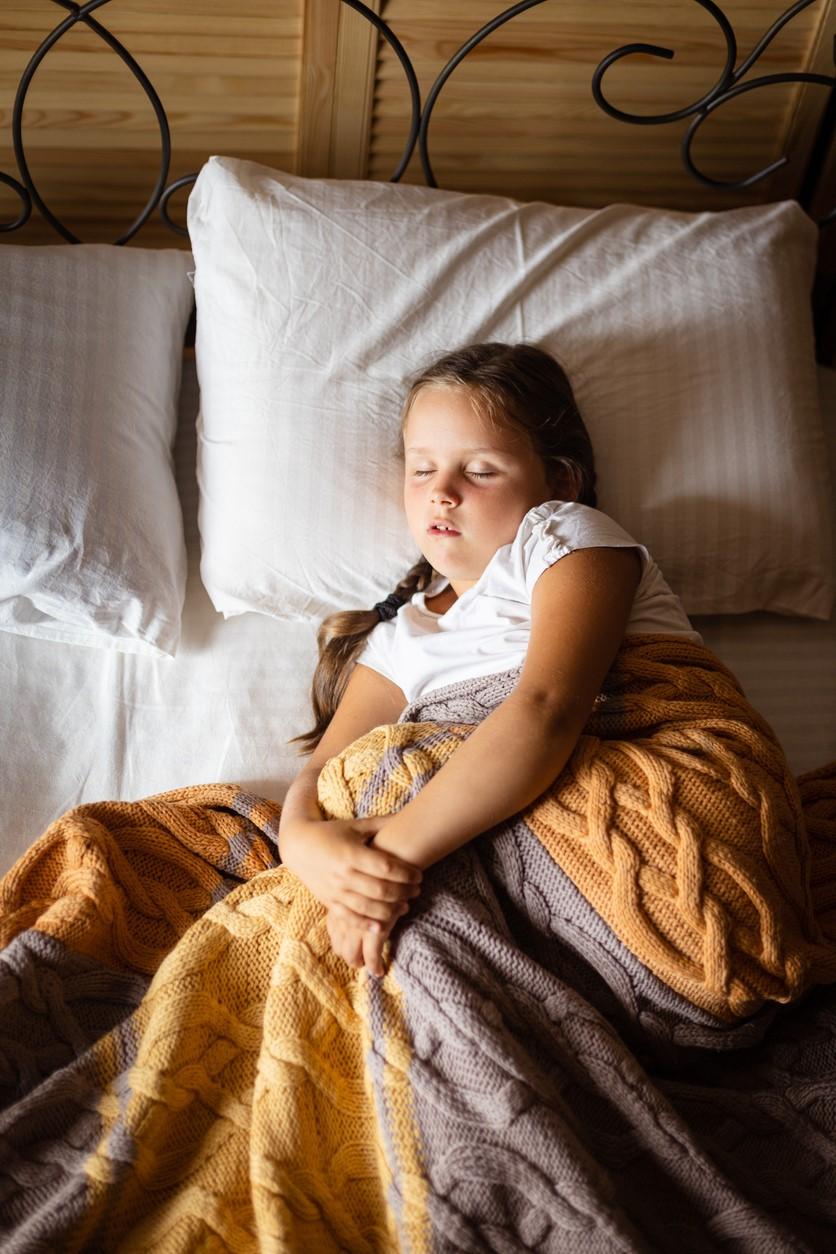A pair of studies published today detail long COVID, with US researchers finding that more than one in four pediatric patients hospitalized for COVID-19 or multisystem inflammatory syndrome in children (MIS-C) had persistent symptoms or impaired activity 2 to 4 months later, and a Norwegian study revealing that nearly half of patients with mild COVID-19 still had symptoms after 1 year.
MIS-C is a rare but serious post-infectious complication of COVID-19.
Fatigue, weakness most common in kids
In the first study, published in Pediatrics, a team led by University of Colorado and Boston Children's Hospital researchers surveyed family caregivers of 119 pediatric COVID-19 survivors and 160 MIS-C patients younger than 21 years at 2 to 4 months after admission to 25 US pediatric hospitals from May 2020 to May 2021.
The study took place before the Delta variant surge and the availability of COVID-19 vaccines for this age-group.
Roughly half of the COVID-19 patients were boys, 66.4% had underlying medical conditions, and 32.8% were obese. MIS-C patients were most often 5 years or older, 58.1% were boys, 69.4% were previously healthy, 11.9% had a previously diagnosed respiratory condition (89% of cases were asthma), and 31.2% were obese.
Most participants were admitted to an intensive care unit. Thirteen children and teens diagnosed as having COVID-19 (11%) and 12 MIS-C patients (8%) were readmitted to the hospital. Thirty-two COVID-19 survivors (26.9%) reported lingering symptoms (22.7%) or impaired activity (14.3%) at 2 to 4 months, and 48 MIS-C patients (30.0%) reported persistent symptoms (20.0%) or impaired activity (21.3%).
Among COVID-19 patients, symptoms and impaired activity at 2 to 4 months were linked to more organ system involvement—most often respiratory, hematologic, and/or gastrointestinal (adjusted rate ratio [aRR] for symptoms, 1.29; aRR for impaired activity, 1.37).
MIS-C patients with previously diagnosed respiratory conditions more often reported lingering symptoms (aRR, 3.09), while those with obesity more commonly reported impaired activity (aRR, 2.52). Nine percent of COVID-19 patients and 1% of MIS-C patients received new diagnoses after their infections.
The most common persistent symptoms in both groups included fatigue or weakness (11.3% of COVID-19 survivors, 20% of MIS-C patients), shortness of breath (9.2% and 2.5%, respectively), cough (9.2% and 2.5%), headache (8.4% and 7.5%), muscle and body aches (5% and 3.1%), and fever (2.5% and 0.6%).
The most common types of activity impairments were inability to walk or exercise as much as before (6.7% of the COVID-19 group, 14.4% of the MIS-C group), sleeping much more than before (6.7% and 7.5%), and difficulty focusing and completing schoolwork (4.2% and 3.8%).
The researchers said that while it is reassuring that most participants fully recovered within 2 months, "these findings highlight the importance of postdischarge follow-up of these severely ill patients. Additional interventions (eg, occupational or physical therapy) and clinical follow up of these high-risk cohorts may mitigate long-term sequelae."
Senior author Adrienne Randolph, MD, of Boston Children's Hospital, said in a hospital news release that although the study showed that severely ill children generally fare better than hospitalized older adults, the findings are still very worrisome. "The risks of severe illness and lingering complications are higher than the risk of complications from the vaccine, which are very rare," she noted.
Randolph said she strongly recommends that children and teens get vaccinated against COVID-19. "We know that patients can be re-infected even if they've had COVID-19, and we previously showed that vaccination can prevent MIS-C and severe COVID-19," she said.
Impaired memory more common over time in adults
In a study in Clinical Infectious Diseases, a team led by University of Bergen researchers in Norway followed 233 mildly ill COVID-19 patients for 12 months (all 233 patients) or 18 months (149 of them) and 189 uninfected age-matched controls from Feb 28 to Apr 4, 2020. The researchers collected clinical data 6, 12, and 18 months after infection and blood samples at 2, 4, 6, and 12 months.
Median COVID-19 patient age was 44 years (41 in controls), and 16 patients and 7 controls were 18 years or younger. More patients than controls reported underlying illnesses (53% vs 42%), most commonly chronic lung disease (12% vs 8%), high blood pressure (11% vs 7%), rheumatic disease (7% vs 3%), or chronic heart disease (6% vs 6%).
A total of 46% of the 233 COVID-19 patients reported lingering symptoms at 12 months. Relative to controls, infected adults were at high risk for fatigue (excess risk, 27%; aOR, 5.86), memory issues (21%; aOR, 7.42), problems concentrating (20%; aOR, 8.88), and shortness of breath (10%; aOR, 2.66).
Children aged 0 to 15 years (patients and controls) reported no symptoms at 12 months. Patients aged 16 to 30 years, 31 to 45, and 46 to 60 were at highest risk for impaired memory and concentration, and those aged 46 to 60 and 61 to 81 were more likely than controls to report fatigue.
The prevalence of impaired memory rose overall from 6 to 18 months (excess risk, 11.5%) and among women (18.7%) but not men (9.6%). At 18 months, women were at excess risk of having symptoms overall (17.5%) and at 12 months (20.2%) but not 6 months (6.8%).
SARS-CoV-2 spike protein–specific immune responses were significantly linked with shortness of breath and the number of symptoms at 12 months.
Although reassuring in that most persistent symptoms were moderate rather than severe, the findings raise concern about the lack of improvement in memory over time, the researchers said. "Although sometimes perceived as vague symptoms, not always being recognized by the health care systems, cognitive symptoms may have a significant impact on daily activity and work performance," they wrote.





















